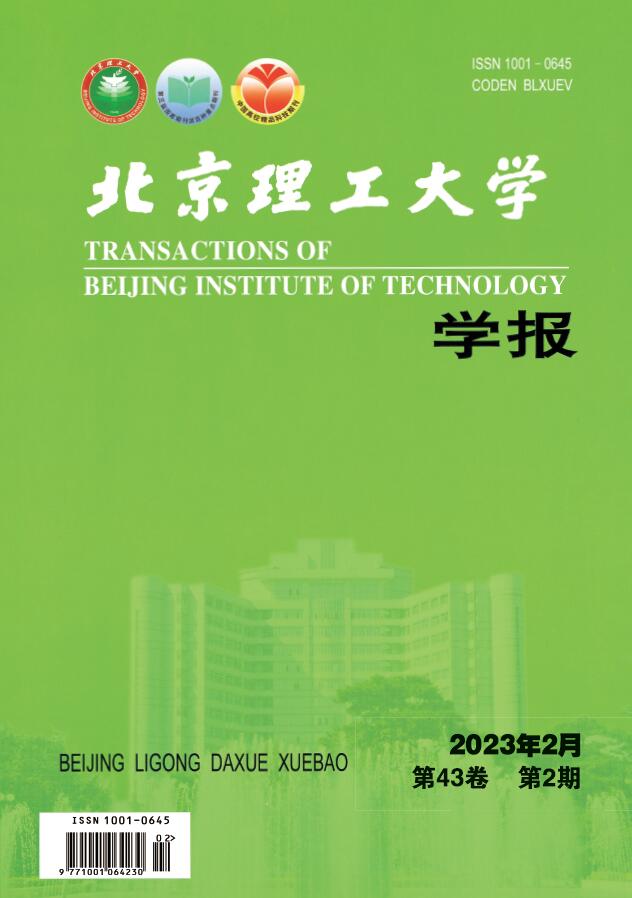2022 Vol. 42, No. 8
Display Method:
2022, 42(8): 773-783.
doi:10.15918/j.tbit1001-0645.2022.161
Abstract:
2022, 42(8): 784-790.
doi:10.15918/j.tbit1001-0645.2021.298
Abstract:
2022, 42(8): 791-797.
doi:10.15918/j.tbit1001-0645.2021.310
Abstract:
2022, 42(8): 798-808.
doi:10.15918/j.tbit1001-0645.2021.322
Abstract:
2022, 42(8): 809-815.
doi:10.15918/j.tbit1001-0645.2021.327
Abstract:
2022, 42(8): 816-823.
doi:10.15918/j.tbit1001-0645.2021.340
Abstract:
2022, 42(8): 824-833.
doi:10.15918/j.tbit1001-0645.2022.003
Abstract:
2022, 42(8): 834-841.
doi:10.15918/j.tbit1001-0645.2021.200
Abstract:
2022, 42(8): 842-849.
doi:10.15918/j.tbit1001-0645.2021.207
Abstract:
2022, 42(8): 850-856.
doi:10.15918/j.tbit1001-0645.2021.199
Abstract:
2022, 42(8): 857-863.
doi:10.15918/j.tbit1001-0645.2021.208
Abstract:
2022, 42(8): 864-870.
doi:10.15918/j.tbit1001-0645.2021.194
Abstract:
2022, 42(8): 871-880.
doi:10.15918/j.tbit1001-0645.2021.195
Abstract:



